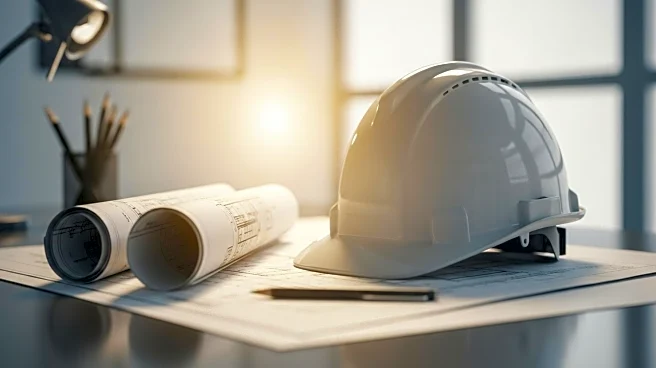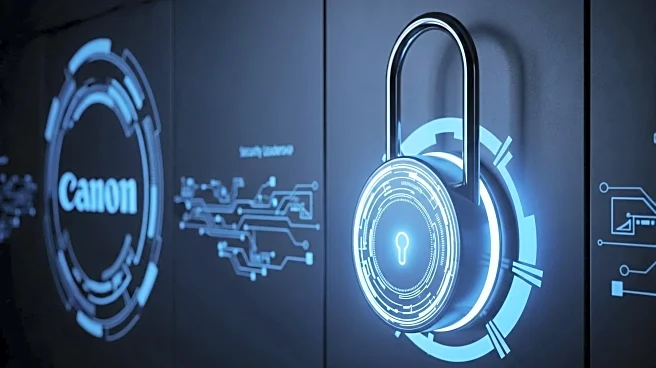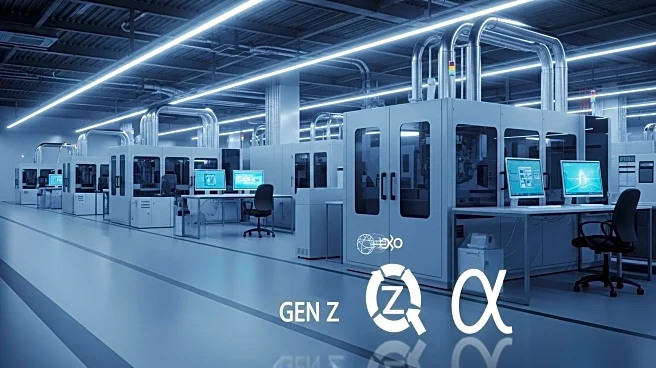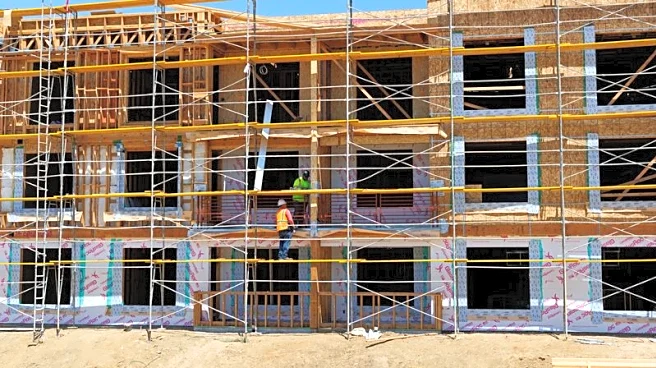What is the story about?
What's Happening?
The architecture, engineering, and construction (AEC) industry in the U.S. is increasingly adopting the design-build method, which integrates design and construction processes to improve project delivery. This approach eliminates barriers between teams, speeds up timelines, and reduces project risks. According to the Design-Build Institute of America, design-build is expected to account for 47% of U.S. construction spending by 2028, amounting to approximately $2.6 trillion. Real-world examples, such as Qcells' solar energy manufacturing operations and New York City's public projects, demonstrate the method's efficiency, delivering projects faster and with less cost growth compared to traditional methods.
Why It's Important?
The shift towards design-build in the U.S. construction industry is significant as it addresses the challenges of tighter budgets, faster timelines, and complex projects. By streamlining processes and reducing miscommunication, design-build enhances cost certainty and minimizes risks, making it a preferred choice for construction owners. This method's growing popularity could lead to more efficient project delivery across the industry, potentially transforming how construction projects are managed and executed in the U.S.
What's Next?
As design-build continues to gain traction, more AEC firms may adopt this method, leading to increased innovation and efficiency in the industry. Stakeholders, including construction owners and project managers, are likely to explore further integration of technology and design-build principles to optimize project outcomes. The method's success could encourage broader adoption across various sectors, potentially influencing public policy and industry standards.
AI Generated Content
Do you find this article useful?
















